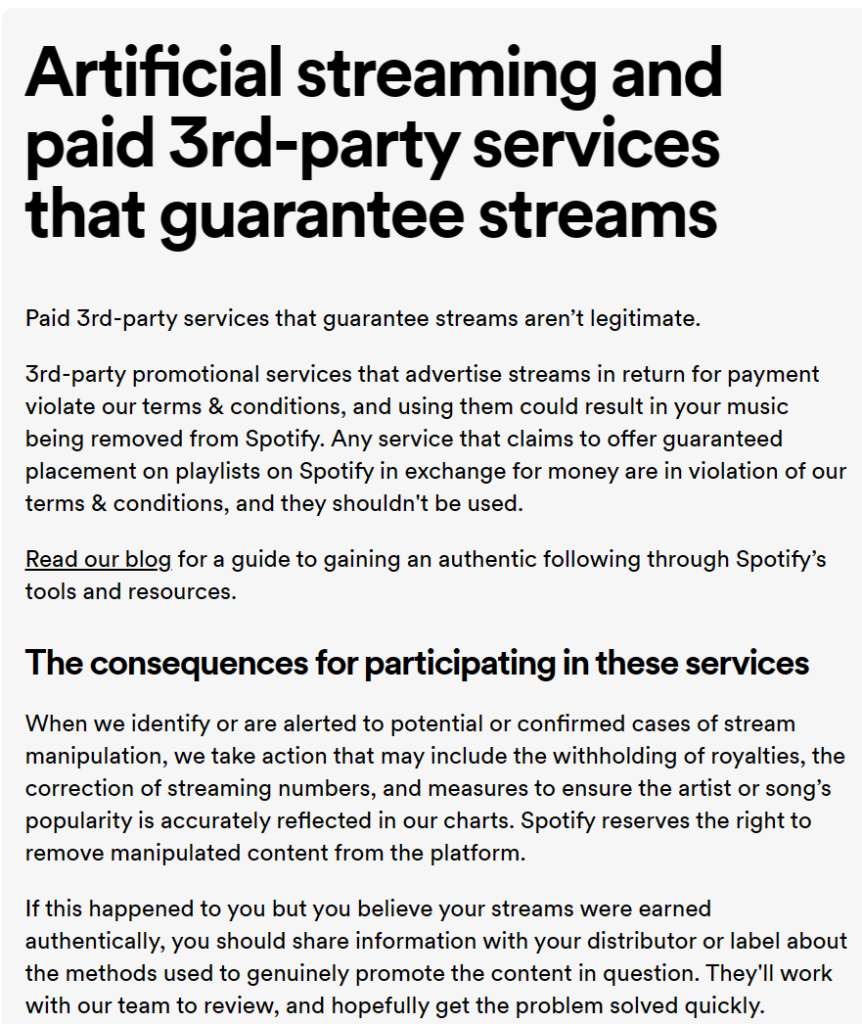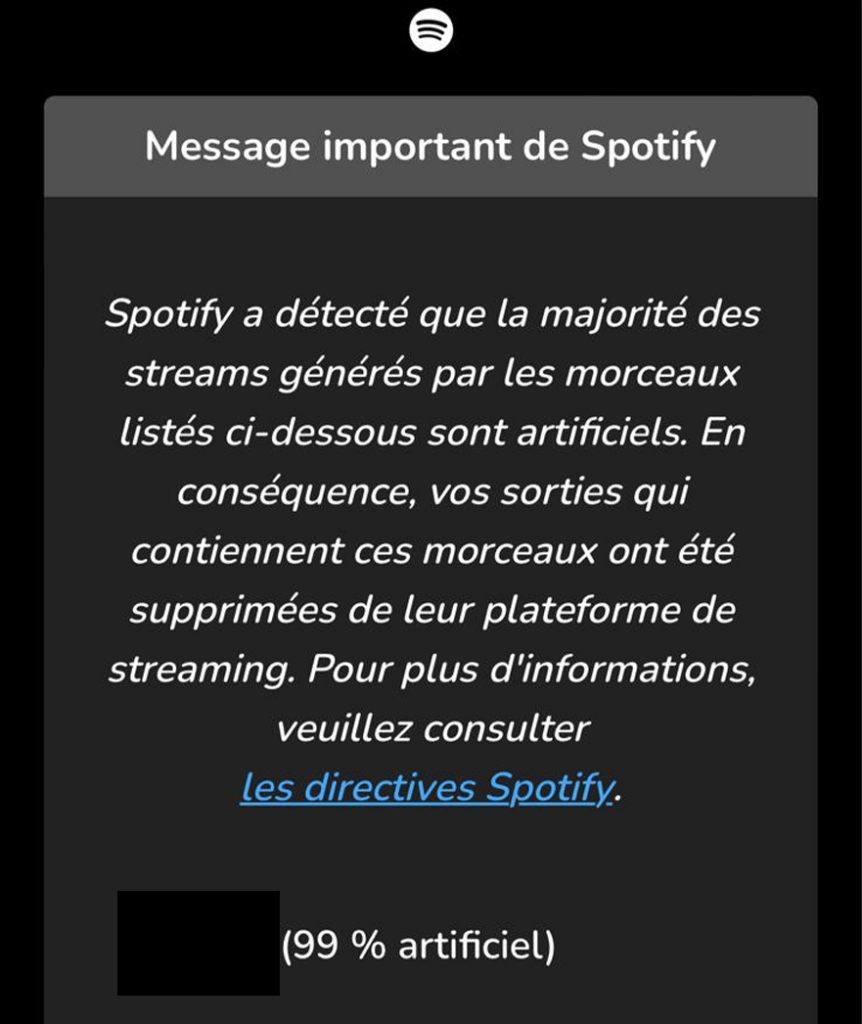With the rise of YouTube and streaming platforms, the role of streaming in assessing an artist’s success has become paramount. Of course, a few purists still visit the local Vinyl store, but today, 60 to 90% of an artist’s success relies on their streaming performance. For years now, ever since the inception of YouTube, everyone has been pointing fingers at the purchase of streams or views. Artists even accuse each other of buying views and streams. With the dematerialization of artists’ “results,” upon which their remuneration depends, the music market is built upon an illusion, a dream where true and false results mingle, and where the winner is not only the most talented with their pen but also the most adept with their mouse.
“Fakery”: A Paradigmatic Flaw in the Rap Business!
Today, in the wonderful world of French rap, there’s a tendency to pit signed artists against independent ones. We should especially distinguish between artists in development and those who have already achieved fame. In both cases, however, artists are in pursuit of credibility. And this credibility now largely depends on the “views” and “streams.” Why? Because from the smallest independent label to specialized media, up to the majors, the number of “views” and “streams” has become a criterion for success.
“IT’S JUSTICE THAT THE STREET DEMANDS
CONCERTS TELL THE TRUTH WHEN STREAMS LIE TO YOU” (Nekfeu x Alpha Wann)
Already, artists themselves display their gold and platinum records. Every week, specialized media report midweek figures and results after the first week of new album releases. Artists themselves squabble over their sales figures, ridiculing themselves when the numbers aren’t impressive. Few are those who criticize the system:
“YOU’RE A MILLIONAIRE WITH FAKE STREAMS, PE-RA, IT’S ALL FOR THE IMAGE
THERE ARE NUMBERS BUT THERE ARE HOLES IN YOUR PIT” (SCH – Freestyle Booska-P)
With the egotrip spirit of rap, which, contrary to appearances, is part of the essence of Hip Hop (those who believe that rap originally was a message are mistaken, the first MCs hyped up DJ Kool Herc’s parties), sales figures, especially after the first week of release, are part of an unstoppable egotrip argument. If you can lie about your physique, your vixens, and your bank account, you can’t lie about your sales figures. “And yet,” you can…
I WANT MORE CERTIFICATIONS THAN JEAN-JACQUES (YEAH)
AT THE TIME WHEN HE WORKED WITH CÉLINE (HEY) (Sneazzy)
A personal experience in a Parisian record company with a “big producer” proved to me that record labels themselves were sensitive to this race for views. When presenting an artist from the XIVth arrondissement of Paris, the producer, pressed for time, barely glanced at the views of his video on YouTube, and he hinted, “Yeah, maybe.”
Fakeries: No Need for Farms in Thailand!
Rumor has it that some artists “use farms in Thailand” (it’s an expression). There’s no need to open a cattle farm in Thailand to succeed in getting streams and views: a simple internet search suffices. And the prices are reportedly affordable.

It’s important not to confuse artificially “generated” views with views obtained through Google Ads. Google allows content creators to sponsor their content. These campaigns are much more expensive but “legal” in the sense that they comply with the terms of use of distribution platforms.

FOR THOSE WHO WANT TO DISTINGUISH FALSE FROM REAL VIEWS, IN GOOGLE STUDIO, YOUTUBE ALLOWS YOU TO SEE WHICH VIEWS COME FROM ADVERTISING IN A SPECIAL CHART. IF THE VIEWS COME FROM GOOGLE ADS, THEY ARE COUNTED BY GOOGLE UNLIKE THE FAKERIES.
FAKERIES “STREAMS”: No More Technicalities…
Two years ago, before Spotify became aware of this issue, Instagram stories were filled with unknown artists proudly displaying gold and platinum records. Faced with this sudden craze for “developing artists” achieving gold records, already difficult to obtain for a French rap veteran like Mac Tyer, some operators understood: fake streams were rampant.
In reality, it’s as easy to generate fake streams as it is fake views on YouTube, but it’s much more expensive:

Another practice, not illegal in the eyes of the law but flirting with incompatibility with Spotify‘s terms of use, has emerged. Some entrepreneurs place artists on collaborative playlists rather than editorial ones to boost views. After consulting a specialist in this field, also an artist-producer, his judgment is mixed on these collaborative playlists. Some are created “from scratch,” while others are “authentic.” His criterion for distinguishing collaborative playlists with fake subscribers and fake streams is to study the subscriber count curve over time. If the 20,000 subscribers to these playlists were accumulated in an hour and the curve has since dropped, the playlist is fake.
But even these techniques of collaborative playlists are rejected by Spotify, even if the company, for obvious reasons, cannot take action against these platforms:

This problem is not “marginal”. In 2021, the CNM, a state organization, detected 1 to 2 billion fake streams. And many “fake streams” went undetected due to the numerous techniques available to carry them out.
FAKERIES: Spotify’s Crackdown and Deezer’s Exemplarity!
A few months after all independent rappers were certified gold… A female rapper contacted us to express her dissatisfaction. A company had sold her fake streams, assuring her that Spotify would compensate her. But after a few months, she receives nothing and contacts Spotify. Spotify responds that she will not be paid because her streams are “fake,” and besides, she is perfectly familiar with “this company” or “this team.” And this is absolutely not the only case.
Just a few days ago, for example, another artist saw his track removed from the distribution platform:

Spotify, which has received several complaints about its fake streams policy, has embarked on a fierce fight against fakes. Now, once again, Spotify will “penalize” up to 10 euros per track if the proportion of fake streams exceeds 90%. It’s a disaster for some artists.
However, instead of targeting artists who have used this method, considering that these practices seem to be widespread, the Swedish distribution platform should primarily find a “technical means” to prevent the spread of fake streams. Because where there’s a rule, there are rule-breakers.
Regarding Deezer, French media highlight Deezer‘s exemplarity in addressing fake streams. But for now, Spotify remains the leader in streaming and appearance in music. Deezer is not subject to the same onslaught from music pirates.


